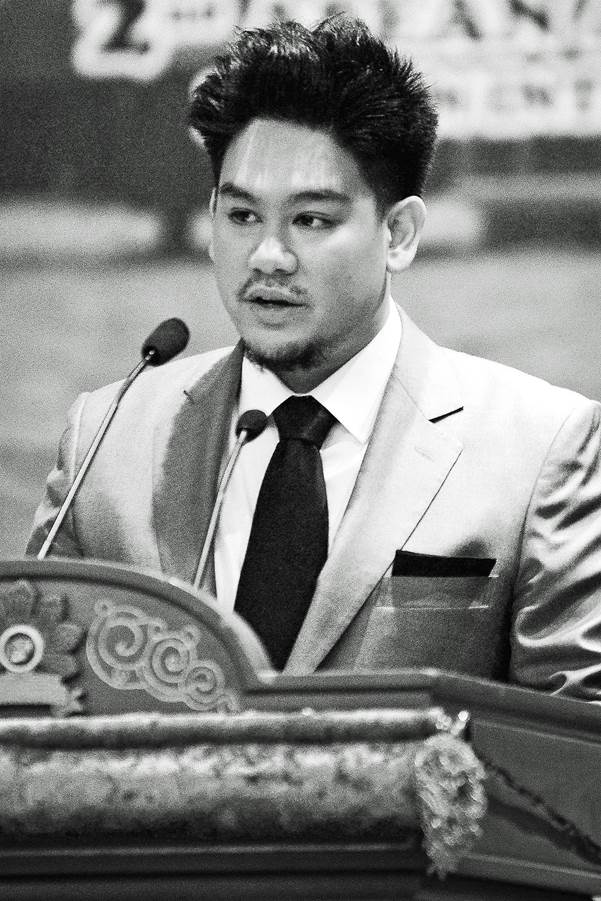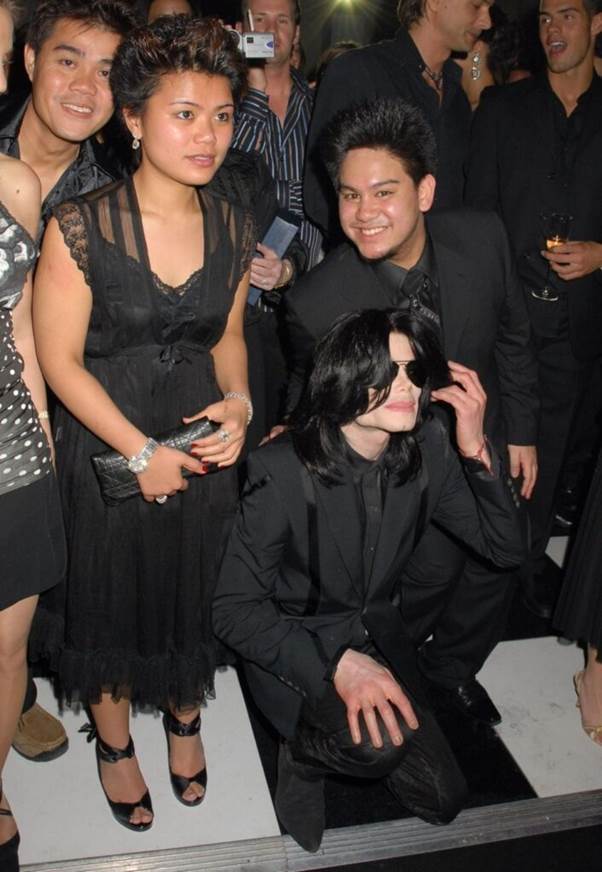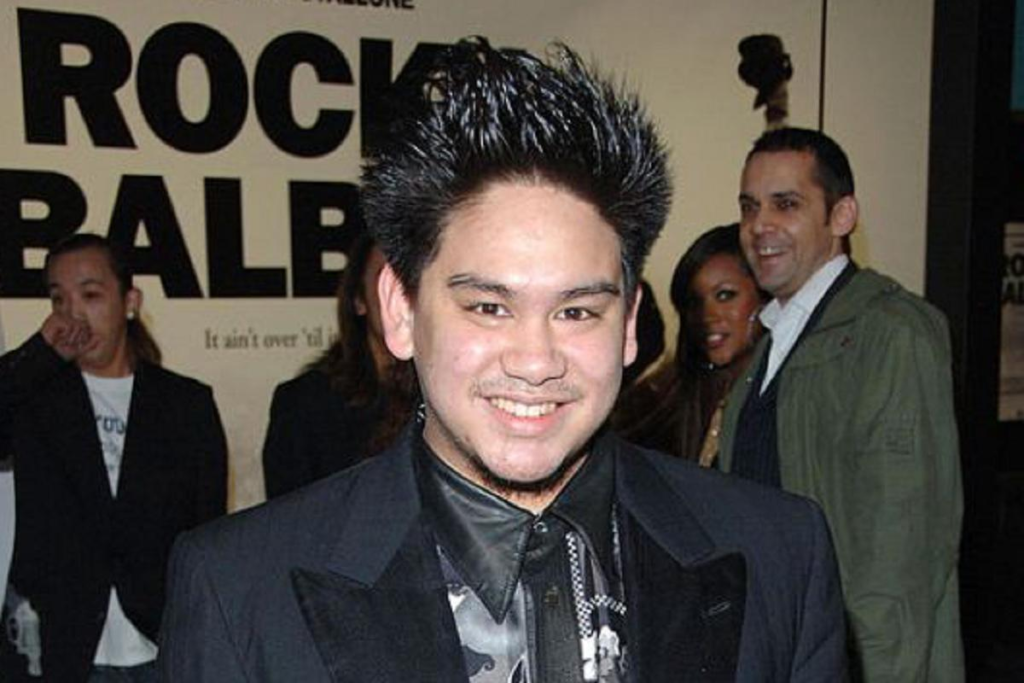Prince Haji ‘Abdul ‘Azim of Brunei embodied a fascinating paradox of modern royalty – a man whose life unfolded at the intersection of unimaginable hereditary wealth, global celebrity culture, and profound humanitarian advocacy. As the second son of Sultan Hassanal Bolkiah, whose personal fortune derives from Brunei’s vast energy reserves, Prince Azim’s estimated $5 billon net worth represented not personal achievement but birthright privilege of the highest order. Yet what made his story remarkable was how he channeled this extraordinary wealth into purposeful endeavors that transcended mere consumption. He emerged as an unlikely but influential force in independent cinema, a generous patron of charitable causes, and a vibrant social nexus connecting Hollywood royalty with international high society. His life presented a striking contrast between the opulent parties attended by international superstars and his quiet advocacy for children with autism and life-threatening illnesses. This complex tapestry of influences and interests made him one of the most intriguing and enigmatic figures of contemporary royalty, whose legacy continues to spark discussion about the responsibilities and possibilities of inherited wealth in the modern world. His story remains particularly poignant given his tragic early death at 38, which cut short a journey of personal and philanthropic evolution that was still very much unfolding.

The Architecture of an Inherited Fortune
Prince Azim’s financial standing represents a fundamentally different model of wealth accumulation than typically seen in the West. His estimated $5 billion net worth did not derive from entrepreneurial ventures, corporate leadership, or investment acumen, but rather represented his designated share of the Bruneian royal family’s vast fortune. This wealth originates from Brunei’s energy sector, which accounts for approximately 90% of the nation’s GDP and provides the royal family with unprecedented financial resources. The mechanism for wealth distribution within the royal family operates through the Brunei Investment Agency (BIA), a sovereign wealth fund established in 1983 to manage the country’s oil and gas revenues through diversified global investments. The BIA’s portfolio includes significant holdings in luxury real estate (including the Beverly Hills Hotel and Dorchester Hotel in London), blue-chip stocks, government bonds, and private equity investments across multiple continents. Prince Azim’s access to this wealth was essentially unlimited, with annual allowances reportedly reaching hundreds of millions of dollars that could be deployed at his discretion without requiring justification or demonstrating return on investment. This financial structure created a unique dynamic where the prince could pursue passion projects in film production and philanthropy without the constraints that typically govern such activities, making him one of the few truly independent patrons in modern cinema and charitable work.
Cinematic Visionary: The Hollywood Patron Prince
Prince Azim’s foray into film production represents one of the most interesting chapters of modern cinematic patronage. Unlike traditional producers who seek commercial returns or industry prestige, the prince approached filmmaking as a genuine patron of the arts, providing crucial financing for projects that resonated with his personal sensibilities rather than market calculations. His production company served as a vital financial bridge for independent films that combined artistic ambition with meaningful themes, particularly stories exploring human resilience and complex emotional journeys. His filmography reveals a consistent pattern of supporting female-led narratives and character-driven dramas that major studios often consider too risky. “You’re Not You” (2014), featuring Hilary Swank’s portrayal of a musician with ALS, demonstrated his interest in stories of physical struggle and human dignity. “Dark Places” (2015), adapted from Gillian Flynn’s novel, showed his willingness to engage with dark psychological material. His most significant contribution came with “The Happy Prince” (2018), Rupert Everett’s passion project about Oscar Wilde’s final years. This film particularly reflected the prince’s sophisticated cultural awareness and his quiet support for LGBTQ+ narratives at a time when his own country was implementing harsh anti-gay laws. His approach to production was notably hands-off regarding creative decisions but decisive in providing the necessary funding, making him a beloved figure among filmmakers who struggle to finance artistically ambitious projects in an increasingly commercial industry.

Strategic Philanthropy and Personal Engagement
Beyond his cinematic pursuits, Prince Azim developed a substantial philanthropic footprint characterized by personal engagement rather than merely financial contribution. His advocacy work focused particularly on autism awareness and support, a cause he championed with genuine passion and strategic thinking. As patron of the Make-A-Wish Foundation UK, he not provided financial support but personally engaged with children facing life-threatening illnesses, understanding the powerful impact of direct royal attention on both the children and public awareness. His advocacy for autism awareness was particularly noteworthy for its timing and depth—he began speaking publicly about neurodiversity acceptance at a time when the subject received considerably less attention than today. At the 2011 musical charity gala featuring performers with autism, he delivered a speech that demonstrated remarkable sensitivity and understanding, urging society to “treat them with respect, as you would to any of your family members.” His commitment deepened through his involvement with the ASEAN Autism Network, where he advocated for practical policy changes and community integration programs. This philanthropic philosophy extended to numerous other causes supporting youth development and disability services, always with an emphasis on dignity and integration rather than pity or separation. His approach to charity reflected an understanding that his royal status could amplify marginalized voices and that his wealth could create opportunities for meaningful systemic change rather than temporary solutions.
A Life in the Spotlight
Prince Azim’s personal life unfolded as a fascinating study in contrast and navigation between vastly different worlds. His legendary parties—such as the 2009 “Party of the Year” and his 30th birthday celebration at London’s Dorchester Hotel—became cultural phenomena that brought together unprecedented collections of celebrities from music, film, fashion, and sports. These events featured performances by superstars like Janet Jackson and Mariah Carey, attendance by screen icons like Sophia Loren and Faye Dunaway, and represented a level of opulence that fascinated international media. Yet this extravagant public persona existed alongside a more complex private reality that came into stark relief in 2019 when blogger Perez Hilton publicly revealed the prince’s homosexuality amid international condemnation of Brunei’s implementation of strict anti-gay laws. The prince’s response to this forced outing was remarkably graceful and strategic—he acknowledged the truth while challenging Hilton to use the revelation to create “consequential” dialogue rather than sensationalism. This moment revealed a man caught between multiple competing identities: a Muslim prince in a conservative monarchy, an international celebrity known for decadent parties, a compassionate philanthropist, and a gay man living under increasingly dangerous legal circumstances. His ability to navigate these contradictions with apparent grace and his strategic use of both visibility and privacy offers a compelling case study in identity management under extreme circumstances.
A Legacy Cut Short: The Complex Truths of a Private Struggle
Prince Azim’s tragic death at 38 from complications of systemic vasculitis revealed the complex medical and personal challenges he had been privately battling. The autoimmune disease that ultimately caused his death—severe systemic vasculitis—involves the immune system attacking blood vessels, causing inflammation, tissue damage, and potential organ failure. His brother’s revelation that the prince had also been coping with bipolar disorder added another layer of understanding to his life and struggles. This combination of conditions would have created profound medical challenges even with the best available care—the immunosuppressive treatments necessary to manage vasculitis often cause significant side effects and increase vulnerability to infections, while the steroid treatments can exacerbate mood disorder symptoms. That he maintained such an active public life and continued his philanthropic and production work while managing these serious health conditions speaks to considerable personal resilience. The global response to his death—from formal statements by world leaders to heartfelt tributes from those he had helped through his charity work—created a multifaceted portrait of a man who had touched lives across surprising spectra of society. His burial at the Royal Mausoleum next to his grandfather represented both his formal royal status and the personal significance he held within his family, despite the complexities of his life and the controversies that sometimes surrounded it. His legacy ultimately represents the surprising ways that privilege and pain can intersect, and how even the most advantaged lives contain struggles that remain invisible to public view.

Real Estate Portfolio: Global Properties of a Modern Prince
While less documented than his film productions or philanthropic activities, Prince Azim’s real estate holdings formed a significant component of his $5 billion fortune, reflecting both his privileged status and his international lifestyle. His property portfolio spanned multiple continents and included both personal residences and strategic investments, each selected for specific purposes ranging from private retreats to entertainment venues and investment vehicles. These properties were typically held through complex ownership structures involving offshore holding companies and royal trusts, making the full extent of his real estate empire difficult to ascertain but undoubtedly substantial given his financial resources and lifestyle requirements.
London Base: The Dorchester Hotel Penthouse
Prince Azim maintained a permanent and famously extravagant residence at London’s iconic Dorchester Hotel, where he occupied an entire floor that had been converted into a private palace in the sky. This residence was not merely a hotel suite but a custom-designed complex featuring multiple bedrooms, a grand entertainment salon capable of hosting hundreds of guests, a private spa facility, dedicated security quarters, and a professional-grade kitchen staffed by personal chefs. The location served as his European headquarters and was the site of his legendary 30th birthday celebration, which transformed the hotel’s ballrooms and his private residence into a single continuous party venue. The property’s value was estimated at approximately £85 million, with annual maintenance and staffing costs exceeding £2 million, not including the substantial costs of security and transportation infrastructure that supported his stays there.
Los Angeles Entertainment Compound
For his Hollywood engagements and film production activities, the prince maintained a 15-acre gated compound in the exclusive Holmby Hills neighborhood of Los Angeles. The property, purchased through a Bahamian holding company for $68 million in 2013, featured a 35,000-square-foot main residence designed by renowned architect Paul McClean. The compound included a 250-seat private cinema with 35mm and digital projection capabilities, an entertainment complex with bowling alley and gaming pavilion, a separate guest villa with ten suites, and extensive grounds featuring botanical gardens, multiple water features, and a professional event space capable of accommodating over 1,000 guests for outdoor functions. The property served as both a personal residence during his film production periods and a venue for entertainment industry events and screenings.
Southeast Asian Retreats: Private Island Development
The 120-acre island, known as Pulau Selirong, was transformed into a private sanctuary featuring seven separate villas designed in traditional Malay architectural styles but with contemporary luxury amenities. The development included a 1,200-meter private beach, marine facilities capable of accommodating his 140-foot luxury yacht, a helicopter pad with hangar facilities, and extensive staff accommodations. The island also featured remarkable conservation elements, including a protected mangrove forest, turtle nesting beaches, and a private wildlife sanctuary—reflecting the prince’s environmental interests. The development cost was estimated at approximately $140 million, with annual maintenance requiring a permanent staff of 85.
Historical European Holdings: Paris and Geneva Properties
His European portfolio included two significant historical properties: a 18th-century hôtel particulier in Paris’s 7th arrondissement, purchased for €42 million in 2011, and a lakeside villa in Geneva’s exclusive Cologny district, acquired for CHF 35 million in 2015. The Paris residence, located near Les Invalides, featured 12,000 square feet of living space, original period details, and a private interior courtyard garden. The Geneva property served as his Swiss base and included extensive security features, a wine cellar capable of holding 10,000 bottles, and direct lake access with private boat facilities. Both properties were maintained year-round by permanent staff and used during his European social seasons and diplomatic engagements.
Investment Properties and Commercial Holdings
Beyond his personal residences, Prince Azim held significant commercial real estate through the royal family’s investment vehicles. These included minority stakes in several luxury hotel developments in Southeast Asia, including a 15% interest in the Marina Bay Sands integrated resort in Singapore and a 20% stake in the St. Regis Bangkok. He also held commercial office space in London’s Mayfair district through the Brunei Investment Agency’s extensive property portfolio. These investments provided both diversification of his assets and steady income streams separate from his allowance, though the exact valuation of these holdings remained private within the broader royal family investment structure.
The management of this global portfolio required a dedicated team of 35 professionals, including property managers, security specialists, maintenance staff, and legal advisors who handled the complex international aspects of luxury property ownership. The total value of his identifiable real estate holdings was estimated to exceed $500 million, representing approximately 10% of his overall net worth and demonstrating how traditional royal investments in property remained a cornerstone of his wealth despite his more modern ventures in entertainment and philanthropy.

